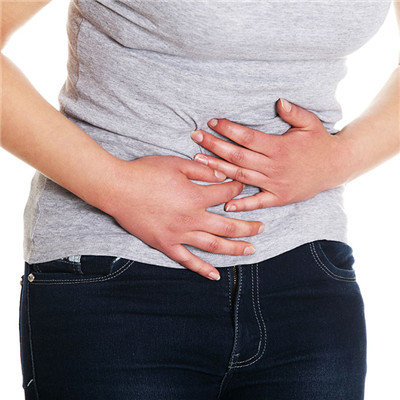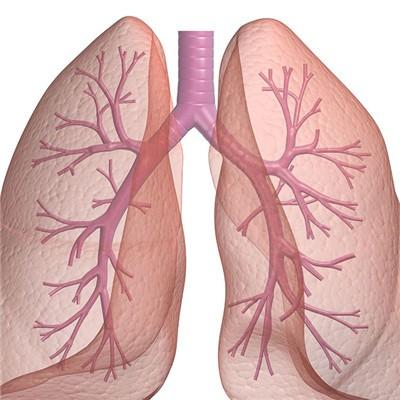Symptoms of bile duct stones
summary
Bile duct stone is the most common bile duct disease. Obstruction of the bile duct by stones leads to cholestasis, and secondary bacterial infection leads to acute cholangitis. Repeated bile duct inflammation can cause local wall thickening or scar stenosis, and bile duct inflammation and stenosis can promote the formation of stones. The proximal end of bile duct stricture was dilated passively and the internal pressure was increased.
Symptoms of bile duct stones
The onset age of cholelithiasis fever was 30 to 50 years old; There can also be a long-term history of biliary tract, or with chills, fever, jaundice of acute cholangitis history.

The upper abdominal pain of patients with bile duct stones may be typical biliary colic or persistent distending pain. In some patients, the pain is not obvious, but chills and fever are very severe, and they attack periodically.

Patients with bile duct stones often have pain and discomfort in the affected liver and lower chest, often radiating to the back and shoulder.

matters needing attention
There may be no jaundice or mild jaundice in patients with unilateral hepatic duct obstruction.

















